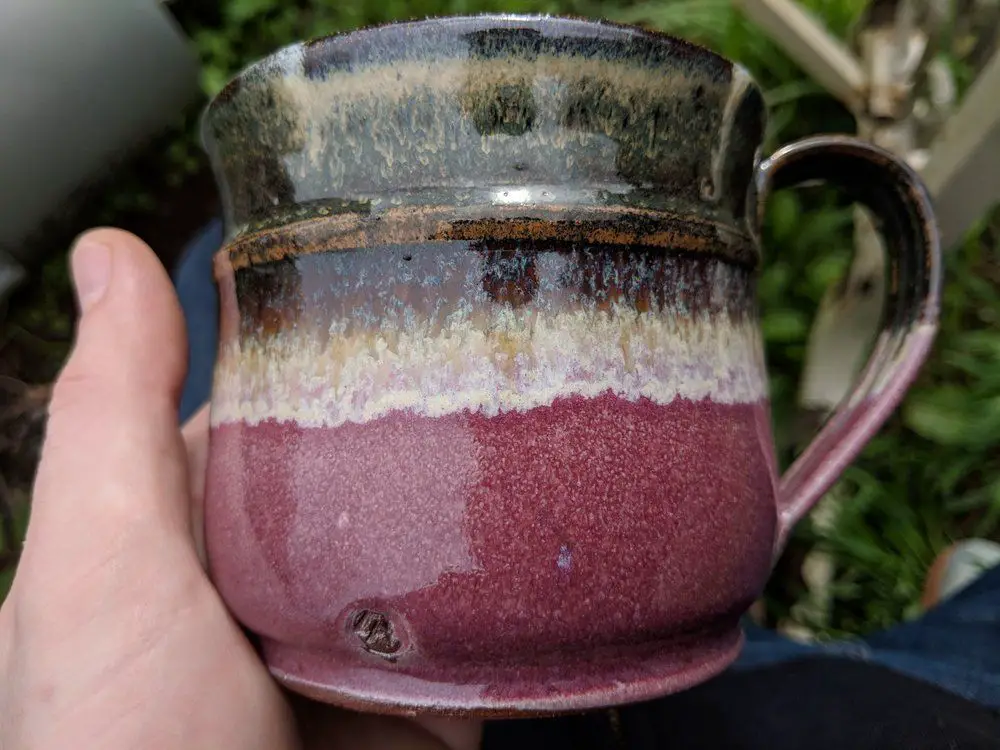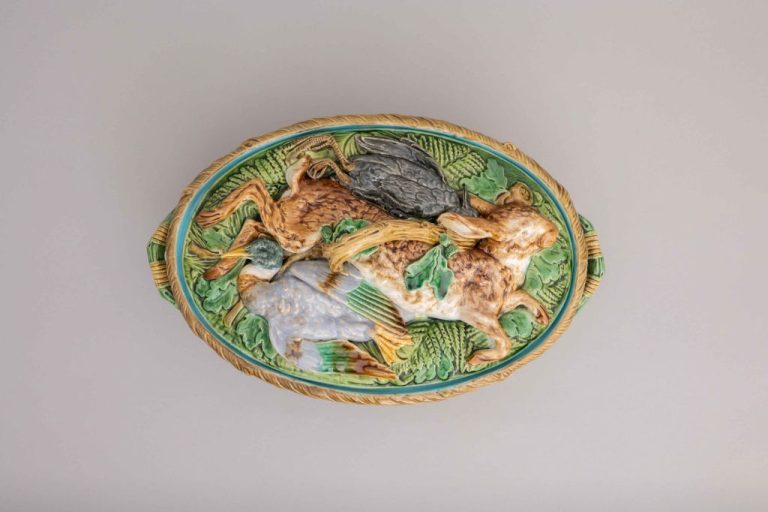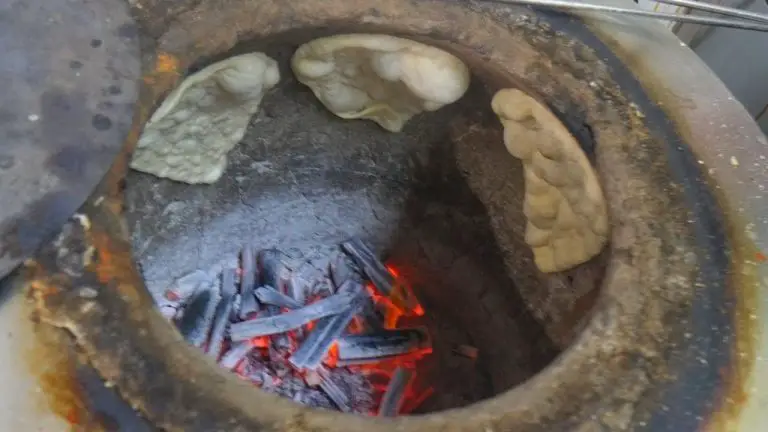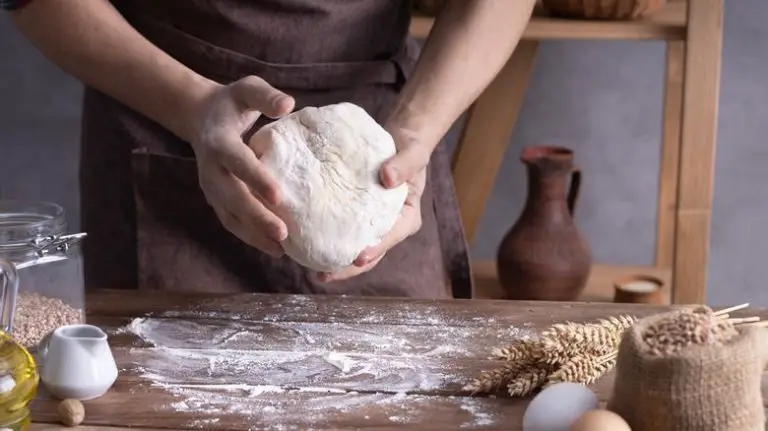What Clay Turns Black When Fired?
Clay that fires black has been used for centuries in pottery and ceramic art. When fired at high temperatures, certain clay bodies undergo chemical changes that result in a black color. The most common types include iron-rich stoneware and porcelain clays. When fired in a reduction atmosphere with limited oxygen, the iron oxide in the clay reacts and turns black. Understanding the chemistry behind black-firing clay allows potters to control the color results in their finished pieces.
This article will provide an overview of the different clay bodies that fire black, the required firing temperatures and atmospheres, suitable glazes to complement the black color, and examples of popular ceramic items made from black clay. Both the advantages and disadvantages of using black clay will be discussed. Firing clay to a black finish opens many creative possibilities for ceramic artists and potters.
Chemistry Behind Black Clay
The black color that develops in certain clays when fired is primarily caused by iron oxide content in the clay body. Iron oxide, which is red in color when raw, turns black during firing under reducing conditions where oxygen is limited. This chemical change happens as the iron oxide loses oxygen molecules in the heat of the kiln and is reduced to black iron and magnetite particles.
Specifically, iron(III) oxide (Fe2O3) gets converted to iron(II,III) oxide (Fe3O4) which has a black or dark gray color. This conversion happens around 1290°F to 1470°F when there is sufficient carbon monoxide in the kiln from the burning of organic material. The red iron oxide color requires the iron to be in the +3 oxidation state, whereas the black color occurs when some of the iron is reduced to the +2 oxidation state during firing.
Clays with higher natural iron oxide content are more likely to produce black coloration when fired under reduction. However, the clay body composition and exact firing profile can impact the degree of blackening. For example, some stoneware and porcelain clays can develop black coring even if they do not have excessive iron levels.
Clay Bodies That Fire Black
There are several natural clay bodies that will fire black or very dark due to their chemical composition. According to Digitalfire.com, clays with high iron and manganese contents will naturally turn black when fired in a reduction atmosphere (Digitalfire). Some specific clay bodies known for firing black include:
– Raku clays: Made for use in Japanese raku firing, these earthenware clays are iron-rich. Brands like Standard Raku fire an intense black.
– Black Mountain clay: This North Carolina stoneware contains iron and carbon, resulting in a very dark color when fired.
– Laguna B-Mix: A blend of different clays, B-Mix has an extremely high iron content that gives it a black or dark brown finish.
– Val Cushing Black: The name says it all – this clay was designed specifically to fire black at cone 6 temperatures.
– Plainsman 3D Clays: Their SUMI line includes iron-rich bodies like 3D Nuka and 3D Kuro Akari that fire black or nearly black.
Firing Temperatures
The ideal firing temperature range for achieving a black color in clay depends on the type of clay body used. For dark firing mid-range clays like stoneware, aim for cone 8-10 which equates to about 2232°F – 2372°F (1220°C – 1300°C). According to the Kiln Firing Chart, black coring happens around 2282°F (1250°C) which is in the cone 9-10 range[1]. For earthenware clays, try firing to at least cone 02 which is around 1915°F (1046°C) to achieve black.
It’s important to fire slowly through the critical quartz inversion phase between 1292°F – 1652°F (700°C – 900°C) and maintain adequate ventilation in the kiln throughout for best results. Having a properly calibrated kiln is also key to hitting the target temperatures for black firing clay.
Glazes for Black Clay
When choosing glazes for black clay, it’s important to select colors that will complement the dark body rather than blend into it. Some glazes that work well on black clay include Amaco’s Midnight Blue, which results in a deep blue color. Amaco’s Celadon Glaze also looks striking on black clay, with the grey-green tones contrasting nicely with the dark body.
Other glaze recommendations for black clay are light, bright colors like whites, light blues, and pale yellows. These will pop against the dark clay body. Glazes with speckles or spots also show up well on black clay. Some specific speckled glaze choices are Mayco’s Peacock Tongue and Amaco’s Amber Tiger. Just be sure to avoid glazes that are too dark or muddy, as these will just blend into the clay. The goal is to showcase the black clay color rather than obscure it.

Making Black Clay Items
Working with black clay requires some special considerations. Here are some tips for successfully making pottery and sculptures with black clay:
Black clay is very dense and can be difficult to wedge and center on the wheel. Make sure to wedge thoroughly to remove all air pockets. You may need to wedge longer than other clays. When centering on the wheel, be patient and take your time. Apply only light pressure at first.
Some black clays can fire to a matte finish. To achieve a glossy surface, sometimes called a black “glaze,” potters will often burnish or polish pieces before firing. Tumble pieces in a drum lined with pebbles to create a sheen. You can also hand-burnish with a smooth stone.
Firing black clay requires extra oxygen. Many potters do a reduction firing, limiting air flow at the end to pull oxygen from the clay. This turns the iron oxide in the clay from red to black. Ramp up and down gradually, about 200°F per hour.
Consider the rim and foot of black wares. These parts will show scorching more easily than colored clays. Use a kiln shelf, stilt, or firing sphere to minimize contact points.
Be aware that black clay highlights imperfections like pinholes and cracks. Take time smoothing surfaces and watch closely for issues when drying, bisque firing, and glazing.
When glazing, warm, earthy tones help highlight the deep black color. Iron-based glazes in browns, navys, and greens pair well. Reflective glazes like copper and white can also make black clay glow.
Popular Uses for Black Clay
Black clay is popularly used to create both functional and decorative pottery pieces. Its dark color and ability to showcase fine details make it aesthetically pleasing for artware. Common black clay decorative items include:
- Vases
- Sculptures
- Figurines
- Wall hangings
The clay’s durability also makes it functional for daily use items like mugs, plates, bowls, and more. Potters form black clay into a variety of kitchenware, serveware, and tableware. Its hardness allows it to withstand repeated use and cleaning. According to obakki.com, the famous black clay of Oaxaca, Mexico is ideal for making utilitarian wares.
Advantages of Black Clay
Black clay offers several advantages that make it an appealing material choice for pottery and cookware. Two of the main benefits are aesthetic appeal and ease of use.
Black clay has a smooth, dark finish that many find quite attractive. The rich black color provides an elegant, sophisticated look. Pieces made from black clay stand out and add visual interest. The dark color also hides stains well, helping maintain the appearance over time (Source).
In addition to looks, black clay is praised for being lightweight and durable. The fired clay is porous enough to allow steam to escape during cooking, preventing cracks and explosions. Yet it maintains enough density to retain heat effectively. The smooth surface helps prevent food from sticking too (Source). This combination of qualities makes black clay cookware very convenient and user-friendly.
Disadvantages of Black Clay
While black clay has some unique benefits, it also comes with some drawbacks that potters should consider before working with it. Two key disadvantages of black clay are limited glaze options and a tendency to show flaws:
Black clay bodies have limited glaze compatibility, as many common glazes do not achieve an attractive look over black. According to ceramic arts website clayart, black clay can be difficult to glaze due to its high iron and manganese content. Glazes with transparency and gloss may appear dull or patchy on black clay. As a result, potters have a smaller selection of glazes to choose from when working with black clays.
The dark color of black clay also emphasizes any flaws, tool marks, or uneven surfaces on finished pieces. Light colored clays can hide small imperfections, but the same flaws will stand out clearly on black ware. Potters must take extra care when throwing, trimming, or sculpting with black clay to achieve smooth, refined surfaces without visible tool marks. Any asymmetry in form is also accentuated by the uniform dark color.
Conclusion
In summary, black clay is a unique material that has been used for centuries across many cultures. While not all clay bodies naturally turn black when fired, iron oxide content in the material reacts at high temperatures to cause the color change. Clays like raku and black mountain clay reliable turn dark shades when properly fired in reduction atmospheres around cone 06-10 temperatures. The finished look of black clay has many artistic applications from pottery to sculptures. It creates an eye-catching accent, and also has functional benefits like being more durable and easier to clean than lighter clays. However, the specialized firing requirements make black clays less beginner-friendly. Overall, black clay is a versatile material with a distinctive aesthetic appreciated by ceramic artists and artisans.
When selecting a black clay, carefully consider the clay body and proper firing methodology to achieve the darkest results. Test samples before committing to a project to ensure the clay reaches the desired black finish. Pair it with glazes designed for dark clays to highlight the color. With some knowledge and testing, black clay can be used to make beautiful functional and artistic works.



